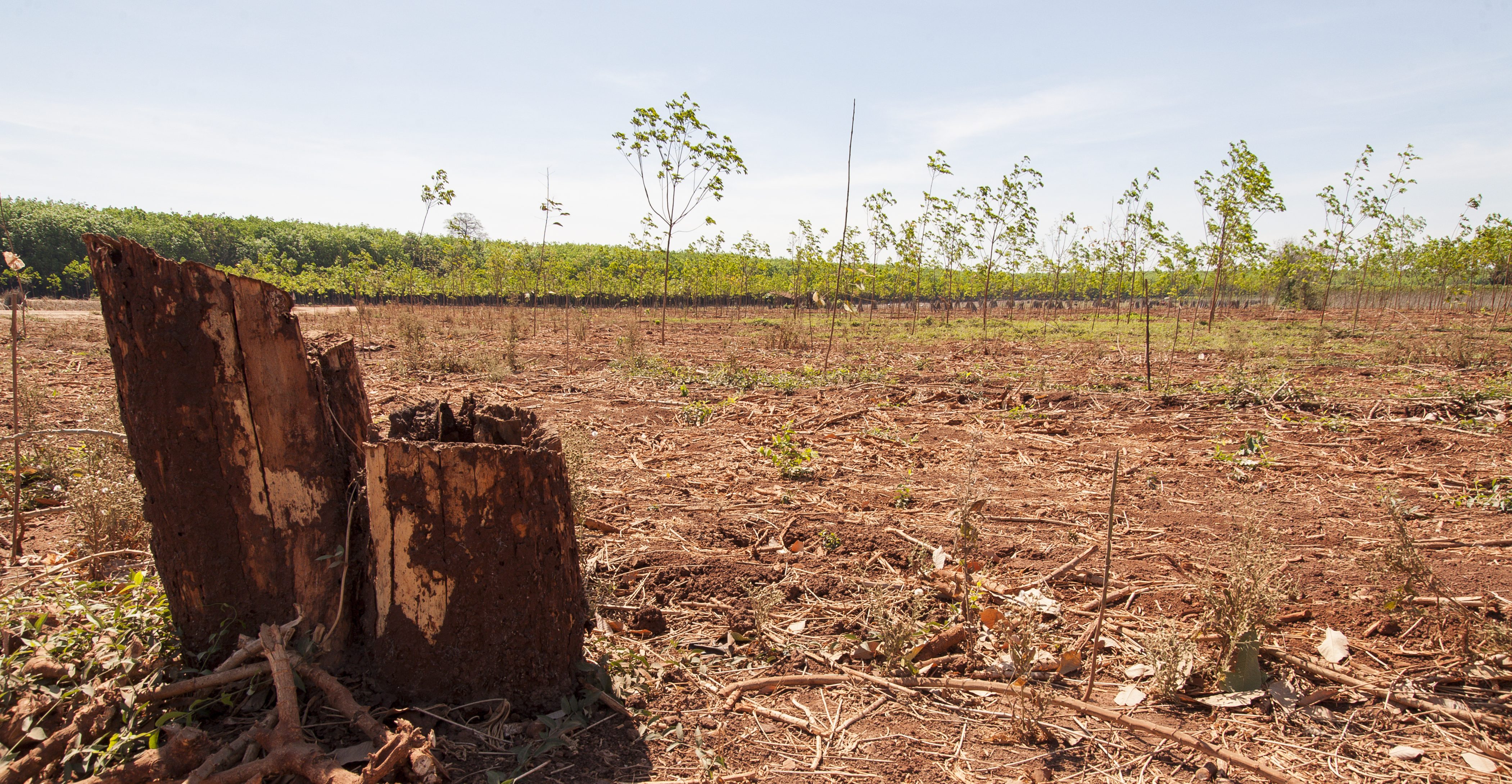This is part one of our series A Financial Architecture to Rebuild Carbon Sinks.
One: Carbon Sinks are Our Best Climate Hedge. So Where’s the Money?
Two: How to Rebuild Global Carbon Sinks
Three: A New Forestry Investment Strategy for the Private Sector
Land-based carbon sinks – the forests, wetlands, and other ecosystems that pull carbon emissions from the atmosphere – are getting a lot of attention recently.
That’s because scientists have shown we now need “negative emissions” to meet the Paris target of keeping global warming under 1.5 degrees Celsius – a key tipping point for climate change.
Together, we need to restore our carbon sinks at a historic scale, by switching to sustainable forestry and agriculture, planting trees, restoring ecosystems that have been damaged, and protecting the wild places that are still intact. Initiatives like Nature4Climate and Project Drawdown have done excellent work showing what a portfolio of land use solutions for climate could look like.
Now it’s time to talk about how we’re going to pay for it.
Natural climate solutions are already highly cost-competitive with other climate mitigation strategies. Market-based tools and innovative finance allow us to get even more bang for our buck, seeking out climate investments that can generate positive economic and ecological returns.
But first, we need to fix a few fundamental problems in the conservation finance space.

First, our economy fails to fully value forests and other carbon sinks.
Simply put, countries with significant carbon sinks – especially tropical forest countries – have little incentive to protect them. Public investments in forests to meet climate targets, known as Nationally Determined Contributions (NDCs), have lower economic returns and come at greater fiscal cost than business-as-usual. This limits the ability of governments to undertake public NDC activities and create real economy signals that would result in commercial financial returns and greater levels of investment from private actors shifting from “grey” to “green.”
Carbon markets and international climate finance instruments have not been able to drive sufficient investment either.
There are a lot of reasons for this. You can read about some of them here.
There’s another problem: money follows results.
Both public REDD+ results-based finance and promoting zero/low deforestation commodities represent ex post sources of revenue. In other words, reduced rates of deforestation are required before new commodity take-off or REDD+ payments can occur.
So how can we address the upfront investment gap? How do we lower the cost of capital for public and private investments to restore and protect carbon sinks?
We need to move beyond piecemeal solutions and one-off projects, and create a complete financial architecture for rebuilding global carbon sinks.
We invite you to join Forest Trends and leaders in the conservation finance space this spring, for a new series that sketches out this architecture piece-by-piece. We’ll look at a number of promising strategies, and at how they can reinforce each other instead of going it alone. And we’ll show you the “whole house” for a few case examples in Brazil and Peru, to illustrate how the architecture can be applied in different contexts.
In Part One, we’ll introduce you to the builders: Development banks and donors, country governments, agribusiness, private finance, NGOs, and you – our reader.
Viewpoints showcases expert analysis and commentary from the Forest Trends team.
Connect with us on Facebook and Twitter to follow our latest work.
